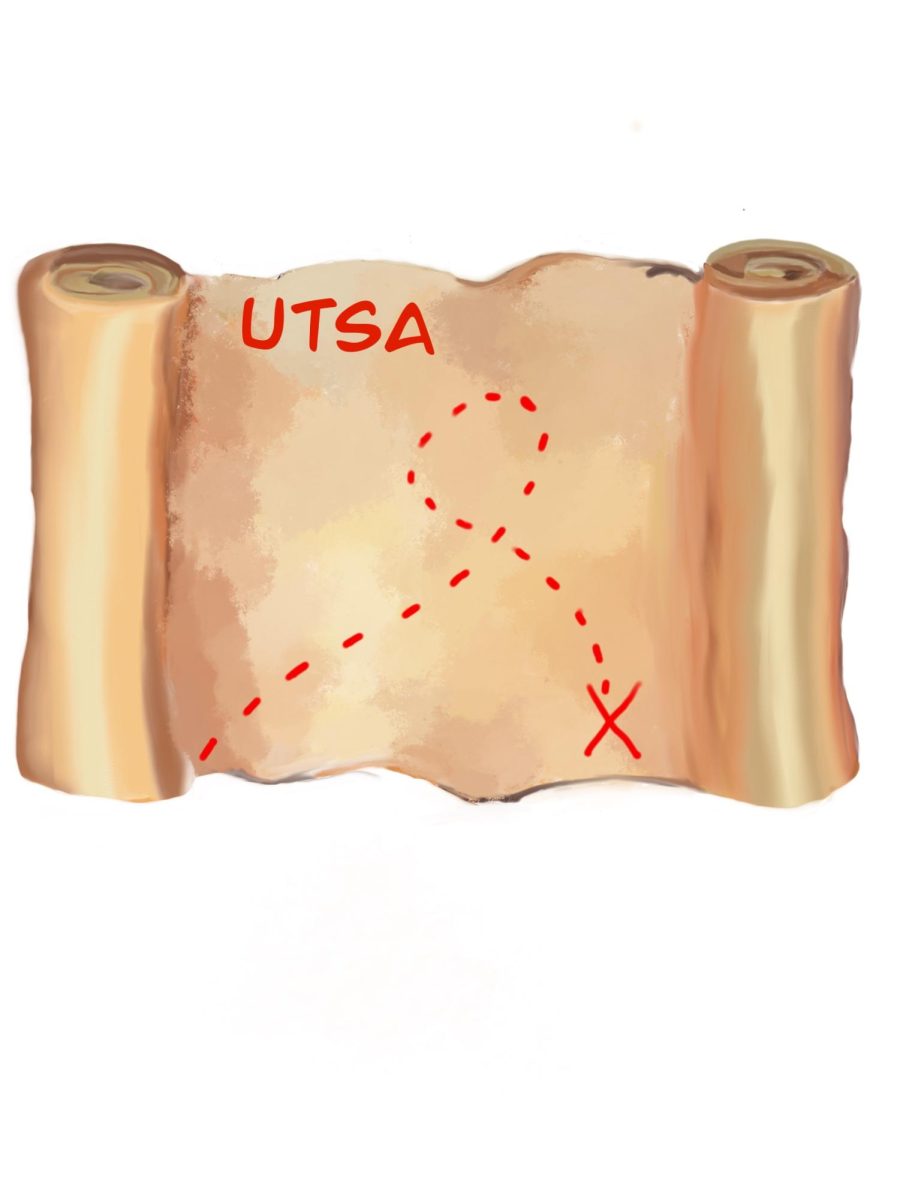Geocaching, the act of recreationally hunting for hidden objects, is an activity to encourage people to explore the outdoors. The only equipment needed is good walking shoes, your phone, a pen and potentially some small trinkets for trading.
Caches are listed on Geocaching.com or the Geocaching mobile app. It includes each cache’s approximate location, ratings, description and a hint. Many caches’ information can be viewed for free, but some higher-rated ones require a Geocaching Premium account.
There are several free geocaches on UTSA’s Main Campus. Unfortunately, there are no geocaches available at the downtown campus. Out of the accessible geocaches available on the main campus, there are a few with similar hiding spots that can boost confidence as a beginner. Some even have a theme that coordinates with its location. Users who have hidden geocaches around the campus have started a “Roadrunner Series” specifically of spots on campus for people hunting for them to appreciate with descriptions including more details of the area or backstory.
Common courtesy after finding a geocache is to sign the log included, exchange for an item if there are any and put the cache back in its spot. Some items that could be found in a cache are small pencils, stress toys and coins. In most cases, caches on campus are fairly small and have limited space for items, which is important to note when picking out objects to bring along.
Geocaching is perfect for adventure-seekers and can be done alone or with friends. Making one is just as fun because of the thrill of finding the perfect spot to hide it. A unique aspect of finding a geocache on campus is passing by later and knowing about the hidden treasure nearby.








